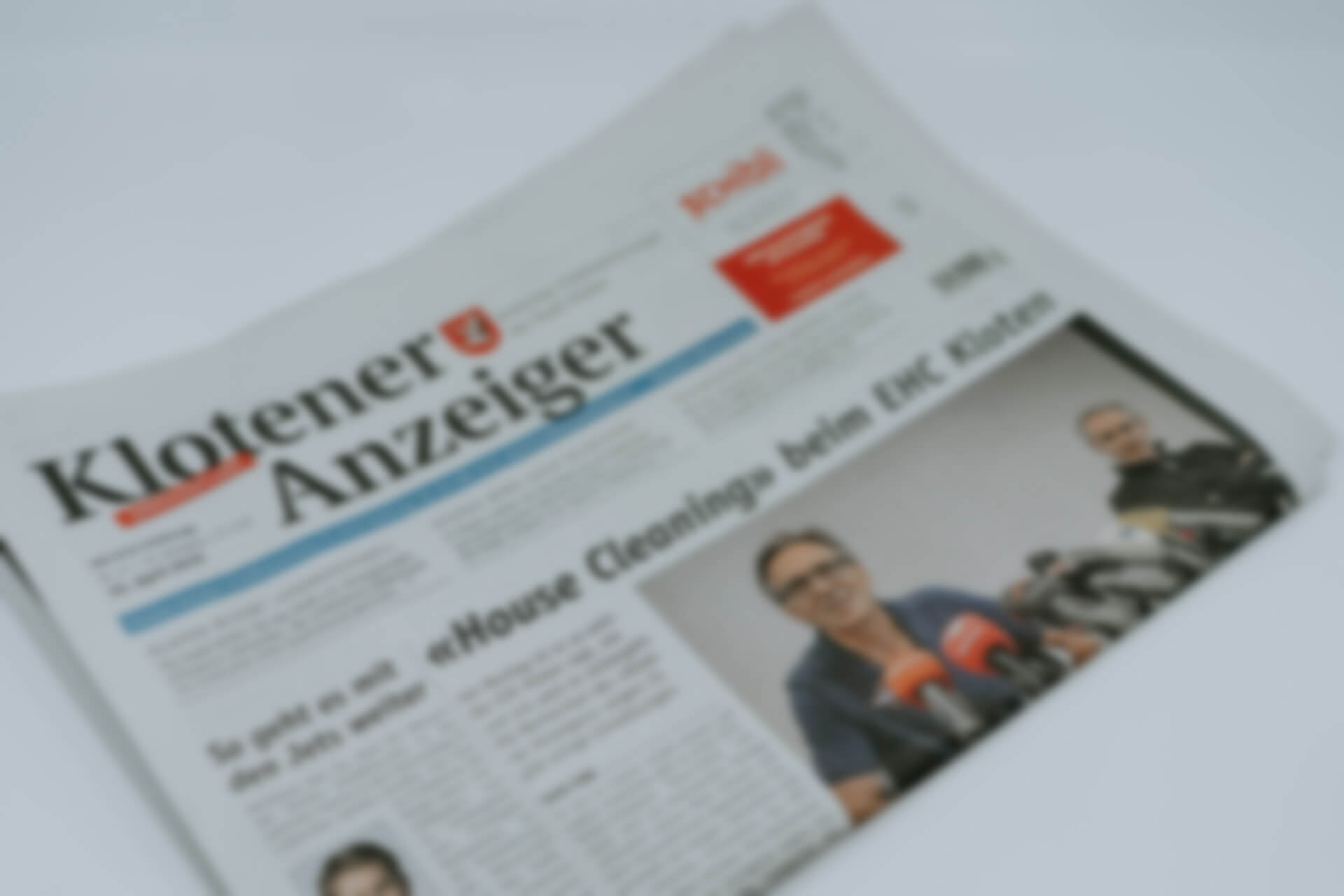"Photovoltaic industry integration": building a moat or increasing business risks
Release time:
2023-04-20
Background: As competition in the photovoltaic industry intensifies, the trend of photovoltaic integration has become the industry trend, and non-integrated companies may be more vulnerable to competition.
Background: As competition in the photovoltaic industry intensifies, the trend of photovoltaic integration has become the industry trend, and non-integrated companies may be more vulnerable to competition.
The advantages of integration are obvious: when upstream production capacity is insufficient in the short term, companies can ensure the stability of the supply chain through upward integration. If the market shrinks, companies can solve the dilemma of market shrinkage through downward integration; in the expansion stage, they can also integrate through integration. Implementing economies of scale to reduce costs and increase efficiency can also ensure the stability of the supply chain and avoid being stuck. In business operations, integration is an effective means for enterprises to improve their competitiveness and build a moat within the industry.
However, the essence of photovoltaic integration is also a leveraged investment, which can amplify gains upwards and losses downwards. Blindly pursuing integration is unreasonable.
As a means of corporate operation, integration should be treated as a phased business strategy. As the industrial structure continues to change, its market and costs are constantly changing. Based on these two factors, production capacity and profits are also constantly changing. At this time, it is necessary to increase or decrease leverage in a timely manner. Market rules have cyclical characteristics, so integration also has cyclical characteristics.
Regardless of macro cycle, industry cycle, or corporate cycle, "leverage" is the source of all cyclical fluctuations. Without leverage, there is no cycle; the greater the leverage, the greater the cycle fluctuations. When the cycle is up, gains will be magnified; when the cycle is down, losses will be magnified. This is the double-edged sword of integration. We cannot only see the prosperity when the cycle is up and ignore the risks when the cycle is down.
In the process of integration, the biggest risk is operational risk. Entering a field that you are not particularly good at requires a lot of investment in manpower, material resources, and funds. The current cell segment is at the stage of N-type technology iteration, which will bring certain industry dividends in the short term. This also illustrates the short-term rationality of the current component giants' upward integrated layout of N-type cells. However, in comparison, going up to silicon wafers And the pressure in the silicon material link is relatively high.
If the production capacity behind integration fails to achieve the established economic goals, blind integration will only cause excessive financial burdens on enterprises and aggravate their decline.
In recent years, the photovoltaic industry's crazy financing and abundant capital have mitigated the short-term risks of integration and leverage. However, cycles have lengths, and excessive expansion of integration cannot be ignored or pretended not to be seen.
Any leverage faces rationality and moderation. For photovoltaic industry enterprises, moderate integration is the only way for enterprise development and expansion. However, we still return to the essence that integration is a staged tactical behavior. Understand the cyclical patterns of the industry and carry out integrated work based on the company's own professional advantages. If we only pursue crude production capacity integration, it is just a speculative act of betting on short-term production capacity shortage.
To ensure the security of the supply chain, choosing reliable suppliers is also an important part. Theoretically, there are specializations in the technical industry, and specialization is the long-term stable state of market competition. We at Leilang Electric are an electrical equipment supplier dedicated to "professional power control solutions".
Leilang Electric was established in 2007 and has been deeply involved in the electrical equipment industry for fifteen years. The company has strong technical force, advanced production equipment, high product technology level, complete testing equipment, strict corporate management, and reliable product quality. We conduct production activities in strict accordance with ISO 9001:2015 management system requirements. All products have passed CE certification, and many products have third-party quality inspection reports. In the photovoltaic field, we have entered into strategic cooperation with a number of leading industries in the industry and carry out OEM & ODM strictly according to their needs. We look forward to your consultation!
Related news
undefined


















